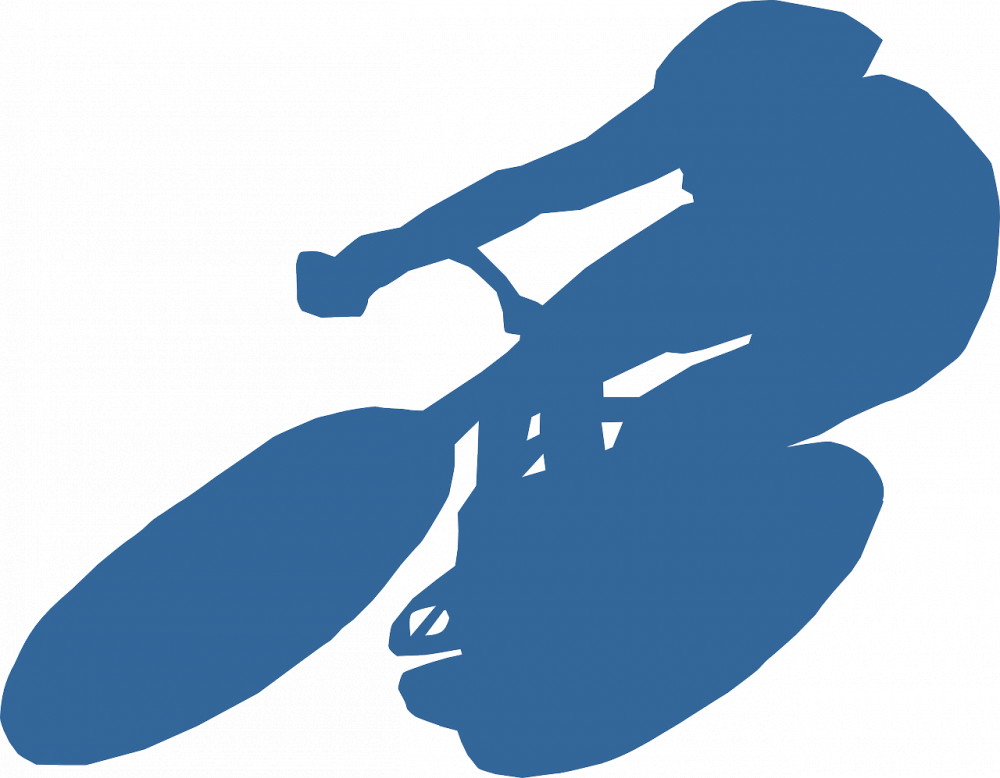Tour de France Standings: A Comprehensive Guide for Cycling Enthusiasts

Introduction:
Tour de France standings are a crucial aspect for sports enthusiasts, especially those passionate about cycling. Understanding the standings is essential for fans to follow the progress of their favorite riders, analyze team performance, and grasp the dynamics of this prestigious race. In this article, we will delve into the intricacies of Tour de France standings, providing a comprehensive overview of its historical development and key factors to consider.
Tour de France Standings: A Historical Journey:

Since its inception in 1903, Tour de France has captivated cycling enthusiasts worldwide. Over the years, the race has witnessed several changes, both in terms of its format and the criteria for determining the standings. Initially, the race relied solely on cumulative time to rank the riders. However, with the addition of intermediate sprints, categorized climbs, and bonus seconds, the standings began to take on a more sophisticated form.
The Modern Tour de France Standings:
The current Tour de France standings utilize a points-based system. The race comprises a series of stages, each with unique characteristics such as flat terrains, mountainous routes, and time trials. By accumulating points based on their performance in each stage, riders can gain an overall standing. The top-ranked rider wears the prestigious yellow jersey, signifying their supremacy in the race.
Understanding the Points System:
To comprehend the Tour de France standings, one must grasp the underlying points system. Points are awarded at the end of each stage, considering factors like stage type, final position, intermediate sprints, and categorized climbs. The points allocation ranges from 50 points to the stage winner down to a single point for riders finishing lower down the ranking. This complex system ensures that riders who consistently perform well have a higher chance of securing a favorable standing.
Factors Influencing the Standings:
Several key factors play a role in shaping the Tour de France standings. These factors include team strategy, individual rider skills, terrain suitability, weather conditions, and overall race tactics. Riders often specialize in specific stages, such as climbers excelling in mountainous terrains or sprinters dominating during flat stages. The standings reflect the collective efforts of teams and the exceptional performances of individual riders, resulting in a compelling competition.
Evolution of the Standings:
Over the years, the Tour de France standings have become increasingly competitive and unpredictable. The race’s organizers continually strive to enhance its appeal, introducing innovative elements to keep fans engaged. With the advent of technology, real-time updates on standings have become accessible to viewers worldwide. The standings now serve not only as a measure of athletes’ performances but also as a springboard for individual and team sponsorships and endorsements.
Featured Snippet:
To maximize the likelihood of this article being shown as a featured snippet on a Google search, let’s structure the text using bullet points:
– Introduction to Tour de France standings and its significance for sports enthusiasts.
– Historical development of the standings, from a time-based approach to the current points-based system.
– Explanation of the current points system and its impact on the overall standings.
– Factors influencing the standings, including team strategies, individual rider performances, terrain, and weather conditions.
– The constant evolution of the standings, driven by technological advancements and the race’s quest for innovation.
Conclusion:
Tour de France standings serve as a vital tool for cycling enthusiasts to follow the progress of the race and gauge the performance of their favorite riders and teams. By understanding the historical development, points system, and key factors influencing the standings, sports enthusiasts can engage in insightful discussions and appreciate the complexity of this thrilling competition. The Tour de France standings continue to evolve, captivating fans worldwide and cementing this prestigious race’s place in the history of cycling.





